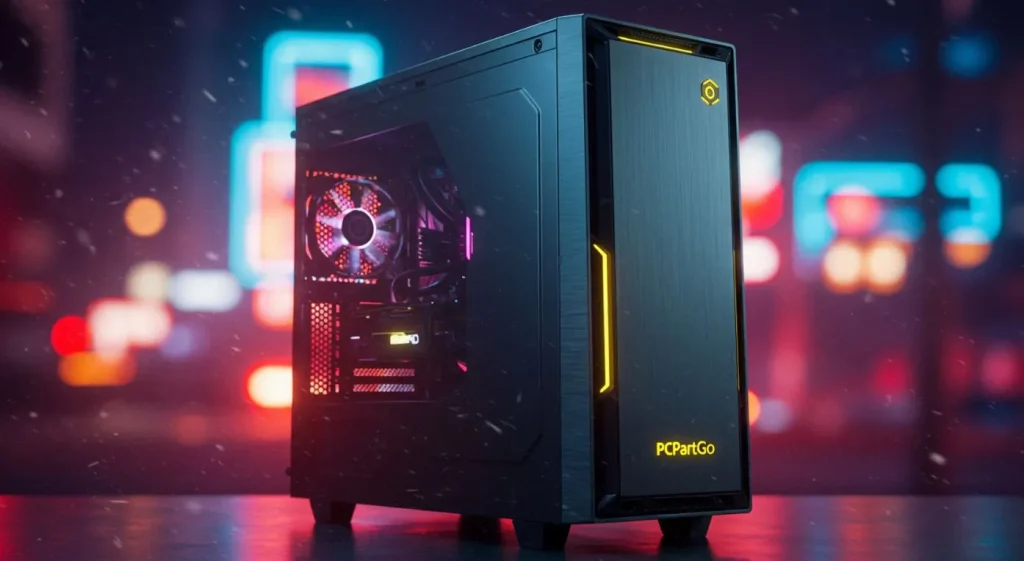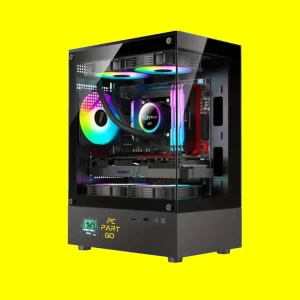
PC Part Go – Buy The Best Prebuilt Gaming PC
Featured Posts
Our Shop
-
Allied Stinger Elite Gaming PC – Intel Core i5-13400F – 16GB RGB RAM – NVIDIA RTX 3060 – 1TB NVMe SSD – White
999,00 $ -
PCPartGo NanoBlast Gaming PC | AMD Ryzen 5 5500-MSI GeForce RTX 3060-16GBDDR4-1TB NVMe-Black Casing
680,00 $ -
PCPartGo PrismRTX – Core i7 12700KF-GeForce RTX 3080-16GB DDR4-1TB NVMe-Black Glass Panel Tower
1.399,00 $ -
The Predator Legacy Gaming PC | Intel Core i5-13600KF | RTX 4060 Ti | 32GB DDR5 | 2TB SSD
1.400,00 $
About The Owner of PCPartGo

Mosaab Jamal Ahmed brings 12+ years of PC Hardware experience to the table. His journey began in 1998 with a Pentium 1 PC, igniting his lifelong fascination with computer hardware and video games. Over the years, Mosaab has honed his skills in upgrading and building gaming PCs. He has built dream gaming machines for multiple brands and local businesses throughout his career. Mosaab’s areas of expertise are building custom gaming PCs, in-depth PC hardware analysis, and PC hardware reviews.










